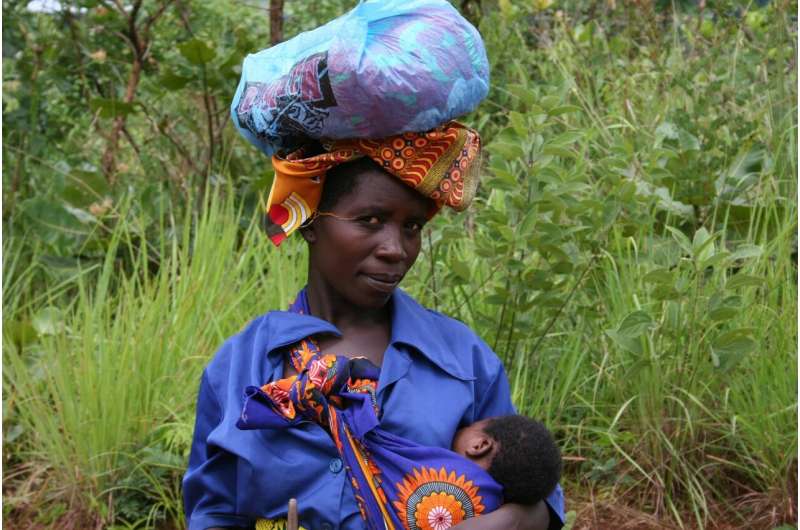Low Initiation of Life-Saving Opioid Treatment After Overdose Encounters

Recent research highlights a concerning trend in the treatment of opioid overdose patients in the United States: a very small percentage of individuals receive medication for opioid use disorder (MOUD) immediately after emergency department visits. A comprehensive analysis of Medicaid claims from all 50 states and Washington, D.C., covering the years 2016 to 2020, found that only about 6% of overdose patients were started on MOUD within 30 days of hospital discharge. This is significant because the emergency department (ED) represents a critical window to initiate treatment—patients discharged after overdose are at a heightened risk of subsequent fatal overdose within the following year.
The study also uncovered disparities based on race, ethnicity, and geography. For example, 7.3% of White patients received treatment compared to only 4.3% of Black patients, alongside other ethnic groups such as Asian, American Indian, Alaska Native, and Hispanic populations. The data demonstrate that racial disparities have widened over the years, with Black patients experiencing even lower rates of treatment initiation by the end of the study period. Additionally, geographic differences showed the Northeast having the highest treatment initiation (8.6%), while the West had the lowest (5%). Interestingly, rural versus urban status did not significantly influence treatment rates.
The medications studied included buprenorphine, methadone, and extended-release naltrexone, but overall claims for these treatments were low—only 4.7%, 1%, and 0.8%, respectively. Factors contributing to the underuse of MOUD in emergency settings include stigma, lack of clinician training, time constraints, and potential biases related to race and ethnicity. The study emphasizes the need for healthcare providers to address these barriers and tailor interventions to reduce disparities.
Emergency settings offer a prime opportunity to initiate lifesaving treatment and prevent repeated overdoses. Doing so can also reduce the burden on overstrained healthcare systems by decreasing future overdose incidents. Addressing systemic issues, clinician education, and patient engagement are essential steps toward ensuring equitable access to MOUD for all overdose patients.
Source: https://medicalxpress.com/news/2025-05-lifesaving-opioid-addiction-meds-rarely.html
Stay Updated with Mia's Feed
Get the latest health & wellness insights delivered straight to your inbox.
Related Articles
Inhibiting Brain-Liver Communication Could Counteract Cancer-Related Weight Loss
New research reveals that blocking nerve signals between the brain and liver can prevent deadly weight loss in cancer patients, offering promising therapeutic options.
How Tumor-Immune Cell Clusters Influence Breast Cancer Metastasis
New studies reveal how tumor-immune cell clusters in the bloodstream significantly enhance breast cancer metastasis, offering promising targets for early intervention.
Global Study Reveals Widening Scale of Infant Malnutrition, Urging Immediate Action
A new global study uncovers the widespread and alarming extent of malnutrition among infants under six months, calling for immediate health interventions to save millions of vulnerable lives.
Rising Threat of Synthetic Opioids in Australia
Australia faces an emerging threat from highly potent synthetic opioids like nitazenes, which are contaminating the drug supply and increasing overdose risks. Enhanced monitoring and harm reduction strategies are urgently needed.



